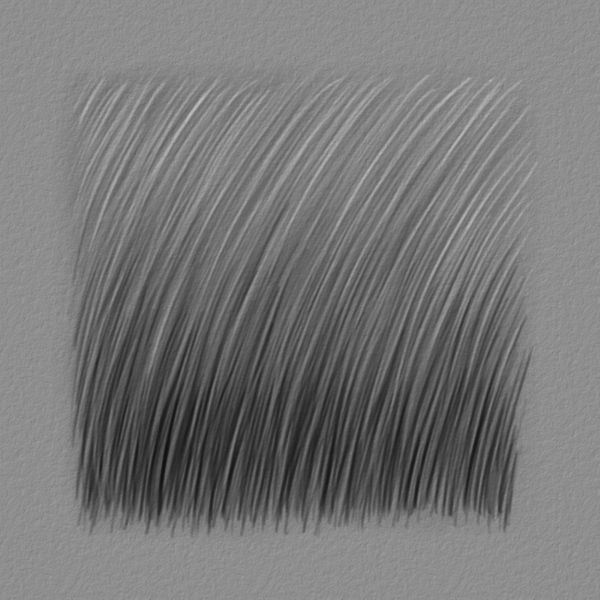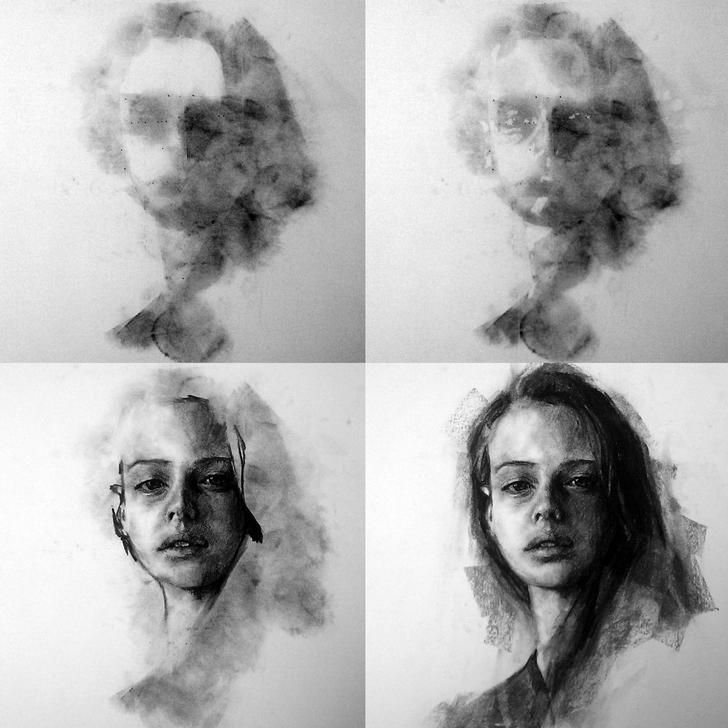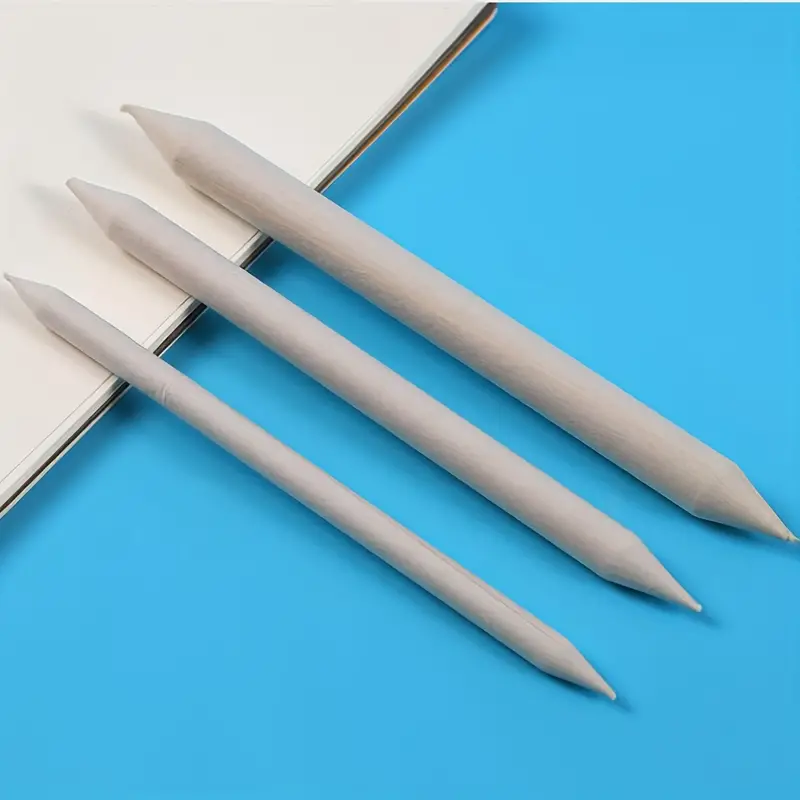Charcoal drawing is an art form that enables artists to create expressive and dramatic visuals. Using the right tools can make a huge difference in your ability to bring your artistic vision to life. This guide delves into the best charcoal drawing tools essential for professional artists.
Types of Charcoal
Vine and Willow Charcoal
The vine and willow charcoal are two popular choices among artists. Vine charcoal comes from burned grapevines, while willow charcoal is made from burned willow branches. These types are great for creating soft lines and shading. They are ideal for quick sketches, light shading, and adding smooth textures. Easy to erase, they offer flexibility in adjustments. Vine and willow charcoal glide smoothly across the paper, allowing artists to produce a wide range of values. This versatility makes them indispensable for establishing the foundation of any drawing. For initial sketches or quick studies, these types of charcoal prove to be invaluable tools.
Compressed Charcoal
Compressed charcoal offers a more intense, dark stroke compared to vine or willow options. It is made by compressing charcoal powder with a binding agent. This results in a harder material that can create deep blacks and sharp lines. Compressed charcoal is perfect for detailed work, strong outlines, and adding dramatic contrasts. It provides a rich, velvety texture that can stand out in any artwork. While it may be harder to erase, the permanence of its marks is advantageous for artists looking to create bold, lasting pieces. Its strength allows for precise control, making it ideal for fine details and intricate designs.

Charcoal Pencils
Hard and Soft Varieties
Charcoal pencils come in different hardness levels, each serving a unique purpose. Hard charcoal pencils are suitable for detailed work and creating crisp lines. They are excellent for outlining and rendering small features. Soft charcoal pencils, on the other hand, produce richer, darker marks. They are ideal for shading and creating deep shadows. The variety of hardness levels allows artists to achieve a wide range of effects. Whether you need to render delicate textures or bold, sweeping strokes, having both hard and soft pencils in your toolkit ensures versatility. This flexibility is crucial for executing a full range of artistic techniques.
Sharpening Tools
Maintaining sharp points on your charcoal pencils is essential for precise work. Standard pencil sharpeners may not suffice; instead, use a craft knife or a specialized charcoal sharpener. These tools offer better control over the sharpening process, allowing you to achieve the desired tip shape. A well-sharpened pencil lets you create fine lines and intricate details without breaking the charcoal core. Regular sharpening keeps your tools ready and prevents frustration during drawing sessions. Properly maintained pencils enhance your ability to execute detailed and complex designs, contributing to the overall quality of your work.
Charcoal Paper
Textured Paper
Using textured paper can enhance the quality of your charcoal drawing tools. Textured paper, often referred to as paper with “tooth,” has a rough surface that grips the charcoal. This texture allows for better control over shading and gives a more dynamic appearance to the artwork. Textured paper also helps in layering, making it easier to build up tones and create depth. The friction between the paper and charcoal leads to richer, more vibrant marks. This type of paper is perfect for capturing the subtleties of light and shadow. Artists can achieve a higher degree of realism and visual interest by using textured paper.
Toned Paper
Toned paper comes in shades like gray, beige, or brown. It offers a mid-tone base that can make your highlights and shadows stand out more. Working on toned paper allows artists to easily achieve a balanced composition. This type of paper enhances the contrast in your work and helps in creating a more cohesive and polished piece. White charcoal or chalk can be used on toned paper to highlight elements, adding depth and dimension to the artwork. Artists often find that toned paper provides an excellent canvas for exploring light and form. It simplifies the process of establishing a dynamic range of values.

Blending Tools
Blending Stumps and Tortillons
The blending stumps and tortillons are indispensable for achieving smooth transitions and soft gradients. They are made from tightly rolled paper and come in various sizes. Blending stumps are great for covering large areas, while tortillons are perfect for fine details. These tools allow you to manipulate charcoal without over-smudging or losing detail. They help in achieving a polished, seamless look in your drawings. Using blending stumps and tortillons, artists can create intricate textures and nuanced shading. They offer control and precision, making it easier to refine your work. These tools are vital for adding a professional touch to your artwork.
Chamois and Cloths
Chamois cloths and other soft fabrics are excellent for blending large areas and creating smooth tones. A chamois cloth is incredibly soft and can blend charcoal without scratching or damaging the paper. It’s effective for achieving subtle gradients and soft transitions. Unlike blending stumps, chamois can cover broad areas quickly, making it useful for background and large shapes. Chamois cloths are reusable; simply clean them to remove charcoal residue. Other soft cloths, like microfiber or cotton, can also be used for similar effects. These tools add versatility to your blending techniques and improve the overall quality of your work.
Erasers
Kneaded Erasers
Kneaded erasers are a must-have in any charcoal artist’s toolkit. They are pliable and can be shaped for detailed erasing. Kneaded erasers are excellent for lifting charcoal to create highlights and fine details. They do not leave residue, keeping your paper clean. Their malleability allows for precision in areas that need subtle adjustments. Kneading the eraser cleans it, making it reusable and long-lasting. These erasers work well for lightening areas without completely removing the charcoal. They offer flexibility and control, making them perfect for refining your artwork. Using kneaded erasers, artists can achieve a higher degree of detail and nuance.
Vinyl and Electric Erasers
Vinyl erasers provide a more robust option for removing larger areas of charcoal. They are effective in lightening dark areas and making significant corrections. Electric erasers offer even more precision, utilizing a motor to control the erasing process. They are great for creating fine highlights and making detailed corrections. Electric erasers deliver consistent pressure, ensuring clean, sharp marks without damaging the paper. These tools are particularly useful for artists who need to make precise changes. Vinyl and electric erasers expand your ability to refine your artwork, making it more polished and professional. They offer the precision and control needed for high-quality results.

charcoal drawing toolsFixatives
Workable Fixatives
Workable fixatives are essential for protecting your charcoal drawing tools during the creation process. They provide a temporary coating that prevents smudging while allowing you to continue working on the piece. This is especially useful when building layers or making adjustments. Workable fixatives dry quickly and can be drawn over without affecting the underlying layers. They help maintain the integrity of your work throughout the creative process. Using workable fixatives, artists can ensure that their drawings remain smudge-free and intact. These fixatives offer security and flexibility, making them a valuable addition to your toolkit.
Final Fixatives
Final fixatives provide a permanent protective coating for completed drawings. They prevent smudging and protect against environmental factors like dust and humidity. Final fixatives come in matte or glossy finishes, allowing you to choose the look that best suits your work. Applying a final fixative ensures that your artwork remains in pristine condition over time. This final step is crucial for preserving the quality and longevity of your piece. Using final fixatives, artists can confidently showcase and store their work. These fixatives protect and enhance the appearance of your drawings, adding to their overall value and presentation.
Conclusion
Importance of Quality Tools
Using high-quality charcoal drawing tools significantly impacts the quality of your work. Investing in the best materials, from different types of charcoal to blending tools and paper, can elevate your art. Quality tools provide reliability, consistency, and enhance your creative expression. They support your artistic vision and help bring your ideas to life. Choosing the right tools ensures that your drawings reflect your talent and dedication. By investing in quality, you can produce professional-standard work that stands out.
Personal Preferences
While this guide highlights essential tools, personal preference plays a significant role in your artistic journey. Experimenting with different brands and types of materials helps you find what works best for you. Each artist has unique techniques and styles, and discovering the right tools enhances your creative process. Personalizing your toolkit ensures that you are comfortable and efficient while working. It allows you to explore and refine your artistic skills. By finding the perfect combination of tools, you can take your drawings to new heights.
With these insights, you can confidently select the best charcoal drawing tools to suit your professional needs. These tools will enhance your ability to create stunning, high-quality artwork, pushing the boundaries of what you can achieve with charcoal. By investing in the right tools and materials, you can elevate your work and achieve your artistic goals with confidence and precision.